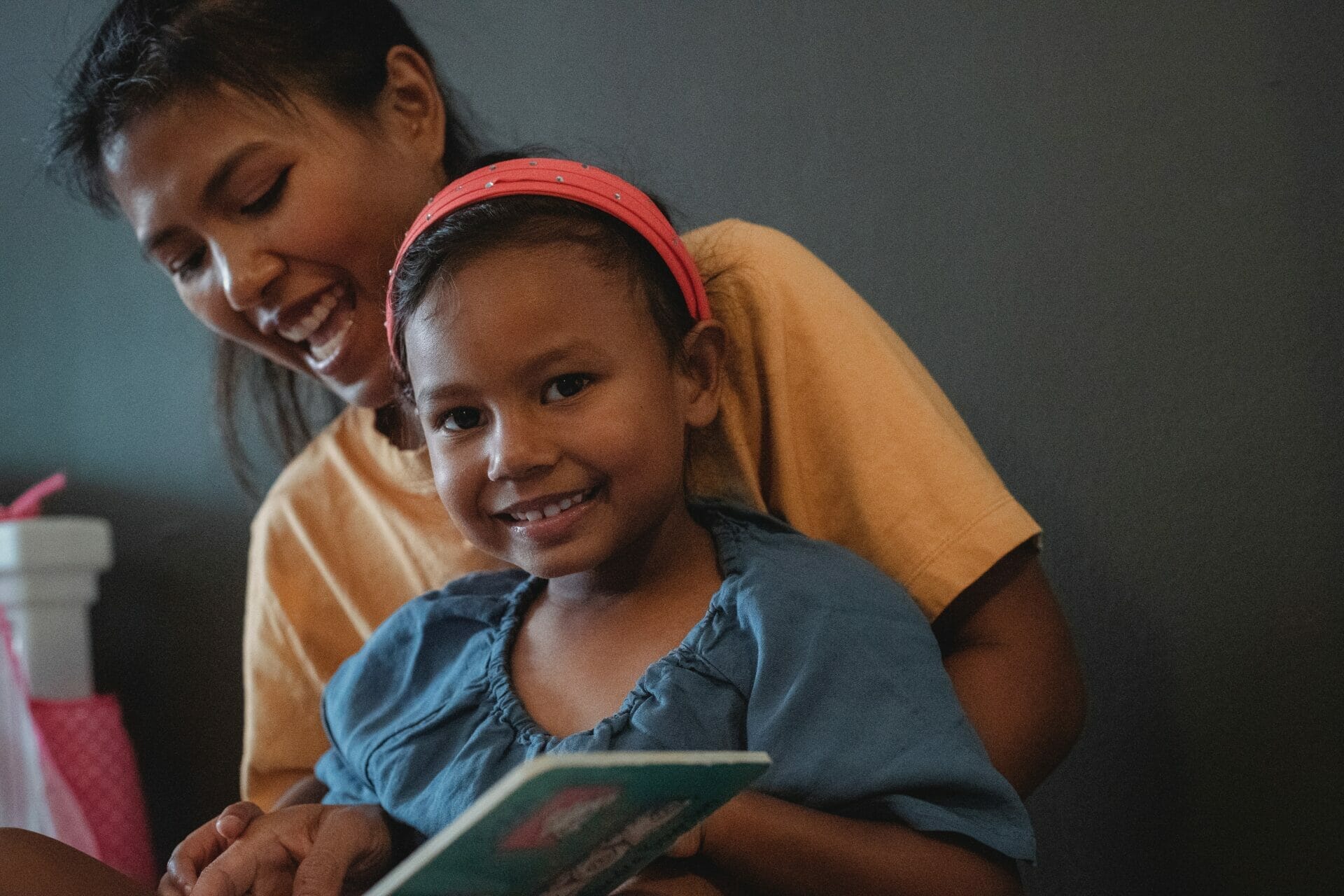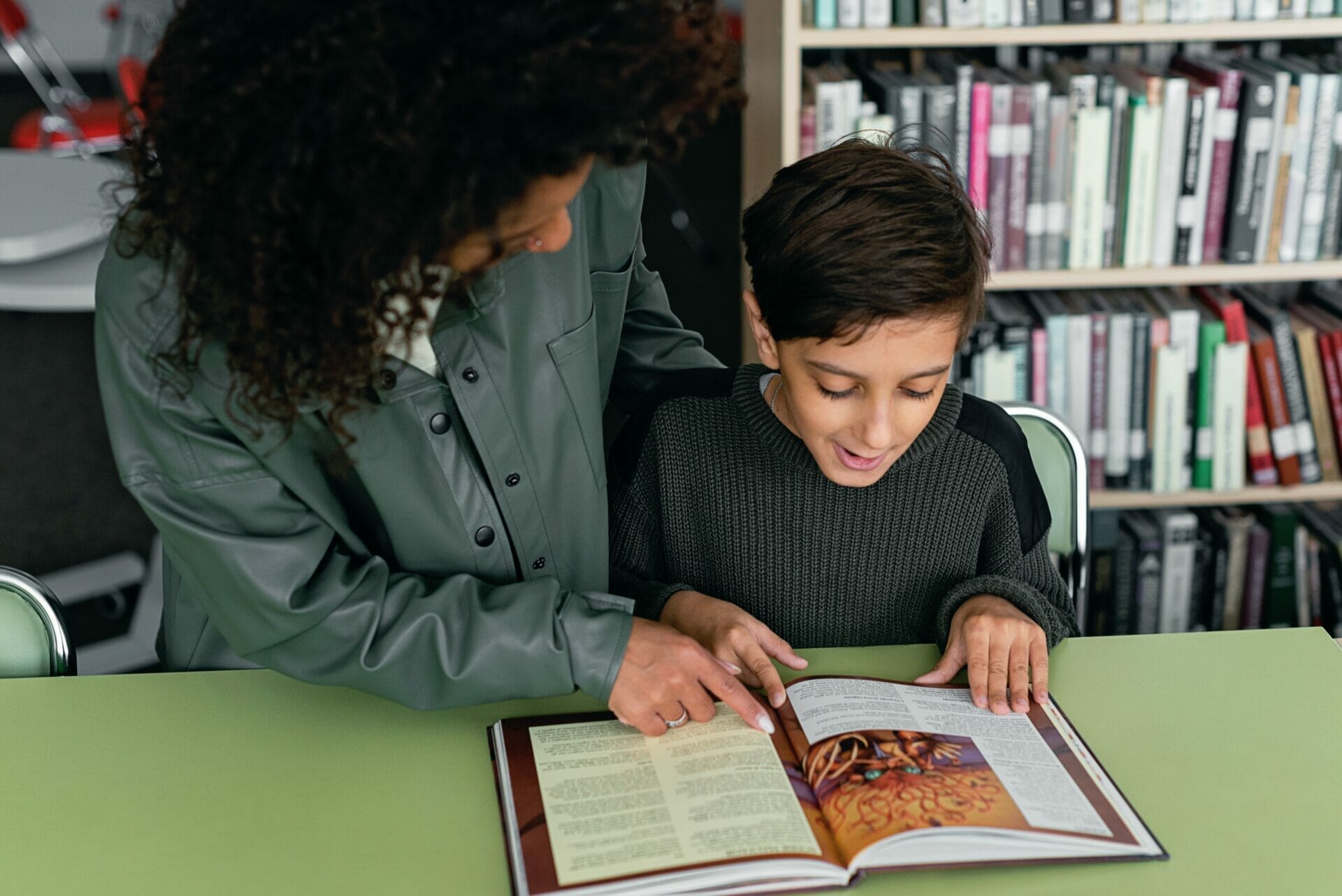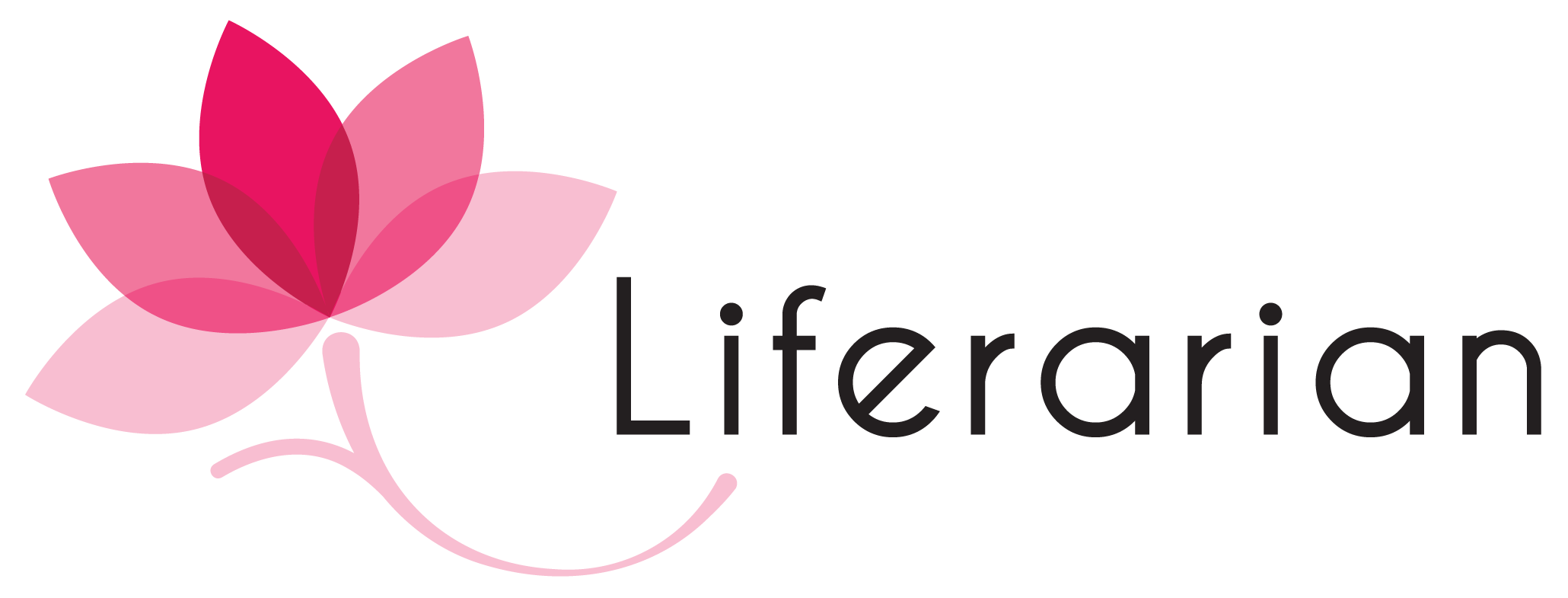
Photo by Kamaji Ogino from Pexels
Young minds are akin to a sponge; they absorb whatsoever they observe, listen, teach, or learn. Rote learning has been a topic of heated debate for a long time about abolishing it from the education system. Even during the era of mainstream studies, students had been learning, innovating, discovering, and debating! The majority share of credit goes to private and public libraries. The schools might have been conservative in their approach, but the significance of libraries have never been minimalized.
There was a time when libraries were expected to be silent, and the Library admin used to keep “silence please” slogans all over. The knowledge seekers used to identify their nooks and spent hours in silence, gaining new perspectives and information about the world around them. Libraries carried the sea of information and would serve everyone according to their preference. However, this opportunity was not for everyone. Usually, the college or university students were the ones who were reaching out due to their independence and/or study requirements. Young learners were not provided sufficient chances to experience libraries on their own. There were several reasons; shortage of junior libraries, absence of adult facilitation in going to the library and spending time, lack of library awareness among early years and primary students, to mention a few.
But the time is changing. With the emerging educational philosophies, libraries are taking a lead role in schools. The educators emphasize the children’s early connection with books and stories. The International Baccalaureate program has gone a step further by identifying the formal role of a “Teacher Librarian” at their schools. It will serve as a milestone in IB schools’ history as the teacher-librarian has a different position than a mainstream library administrator.

Photo by Mikhail Nilov from Pexels
The Librarian is expected to make libraries a thriving place for inquiry, buddy reading, choral reading, storytelling, to name a few. The Teacher-Librarian creates a positive, engaging learning environment in the library and assists students in their language acquisition development while improvising on their information literacy skills. The teacher develops research skills among students, and they scour through loads of information even while inquiring. I have witnessed debates on chosen topics happening in the library. Students attempt quizzes and engage in informal talk, group competitions, and presentations during their library lessons.
The teacher-librarian is even more valuable for early year students. They learn basic skills such as no eating or drinking inside, taking care of the property, turning over the pages, handling books, recognizing the book’s cover page, learning about authors and illustrators, and the etiquette of attending the storytelling sessions. Talking about stories, the Teacher-Librarian can lay a firm foundation among her young learners through regular storytelling sessions because stories provide healthy development for a child.
The onscreen books can never replace the libraries, and it is our utmost responsibility to keep our upcoming generation adhere to this bare fact.
Check out Mona’s blogposts HERE
Written by 高莫娜 Mona R. Zahid, Tanzania.

